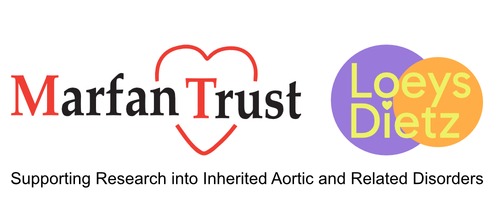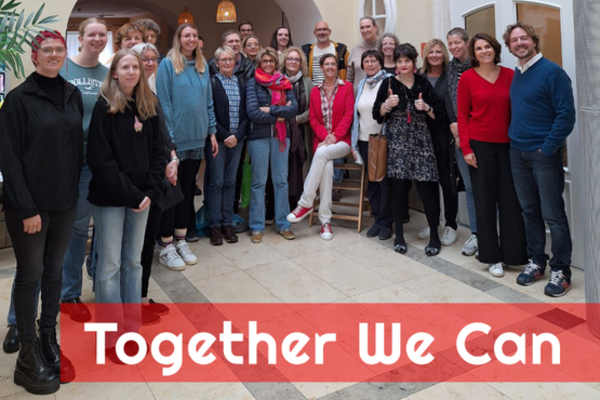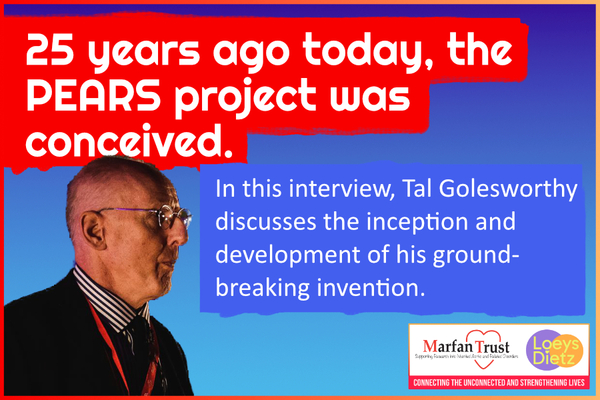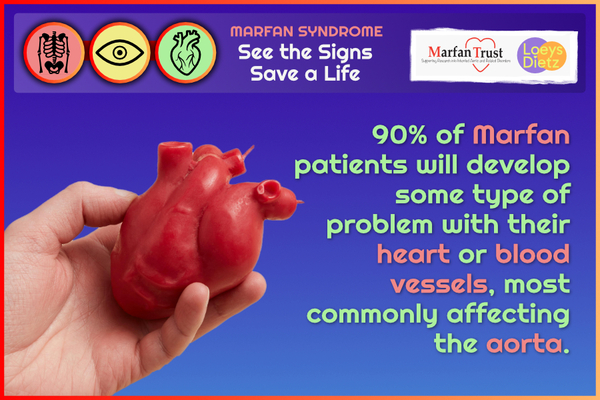United behind the motto Together We Can, the Marfan Europe Network (M.E.N.) is a coalition of wonderful patient organisations. We’ve just emerged from a momentous four-day meeting in Vienna at which we toasted M.E.N.'s new legal status, discussed future collaborations, listened to educational lectures and, just as importantly, socialised.
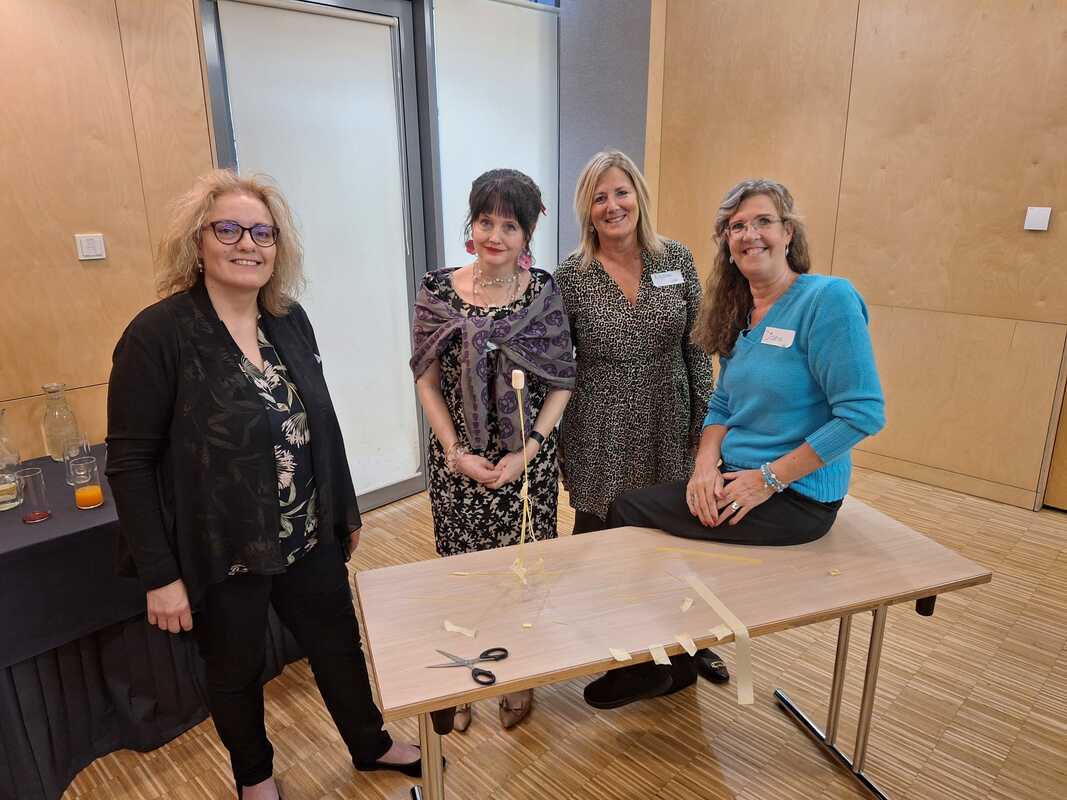
During the four-day congress we approved M.E.N.'s new bylaws such that it is now legally empowered to better represent the member states of Europe. A new website will shortly follow, as will a closer collaboration between each of the member organisations.
On the first full day we discussed our aspirations and vision for the M.E.N. and how to achieve these. Some teamwork building exercises ensued and here we are, creating a marshmallow tower .....
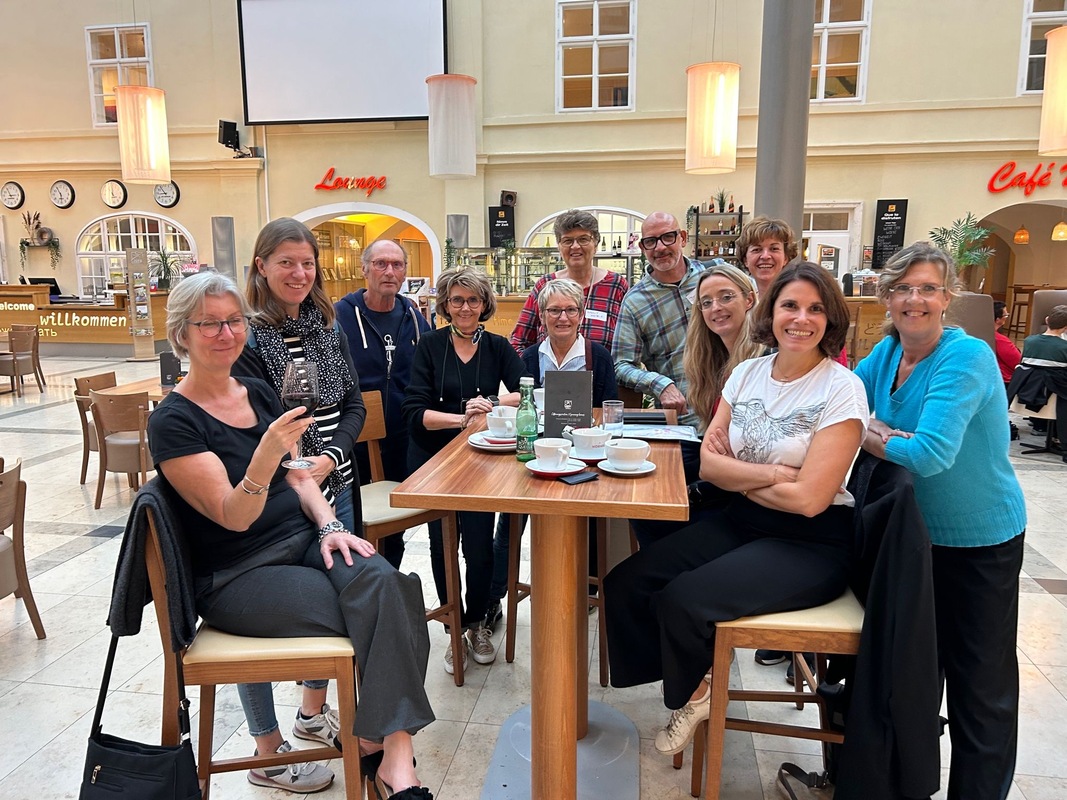
The congress involved representatives from:
Austria, Belgium, Denmark, Finland, France, Luxembourg, The Netherlands, Norway, Spain and the United Kingdom, with special guest star Eileen Novins from the Marfan Foundation in the USA.
- and friendships were forged!
There was also a small coalition of Young Adults who've transcended their country borders to create a pan-European network. If you are interested in joining this friendly group of people aged roughly between 18 and 30, please do email us. They're keen to meet fellow Marfan/Loeys-Dietz folk from the UK.

Day 3 - Saturday - opened with a fascinating lecture from Dr Christine Pees of the Children's Heart Centre in Vienna. She discussed the discovery and treatment of Loeys-Dietz syndrome and how it differs from Marfan syndrome.
Marfan Type II later became known as Loeys-Dietz!
Dr Pees confirmed that Loeys-Dietz was formally identified in 2005, and characterised by the 'triad' of:
- Hypertelorism (widely spaced eyes)
- Cleft Palate / Bifid Uvula
- Arterial Tortuosity, Aneurysm & Dissection

Following Dr Pees' lecture came Romain Alderweireldt.
Inspired by the maverick spirit of PEARS-pioneer Tal Golesworthy, Ludivine and Romain Alderweireldt-Verboogen have created 101 Genomes, a project which is searching for the modifiable genes that counter the effects of Marfan syndrome.
Over a 20-minute talk Romain introduced us to the 101 Genomes research and spoke of his nine-year-old son who has a severe form of MFS. The catalyst for this particular research was the discovery of apparently healthy individuals with pathogenic variants on the FBN1 gene. Their healthy status suggests that they may be genetically protected from even the most severe forms of Marfan syndrome by the action of a so-called protective (epistatic) gene.
Romain will be opening our Marfan Information Day on Saturday, 12 October at which he will discuss this further.

After a morning filled with fascinating lectures we left our cosy hotel bubble for a nostalgic tram ride through the centre of Vienna and Storm Boris!
A huge thank you to the M.E.N. and the Austrian hosts - Margit and Dagmar - for organising such a friendly and fantastic conference. Thank you too, to Inka (Marfan Netherlands) and Tuija (Marfan Finland) for dreaming up the workshop ideas.
